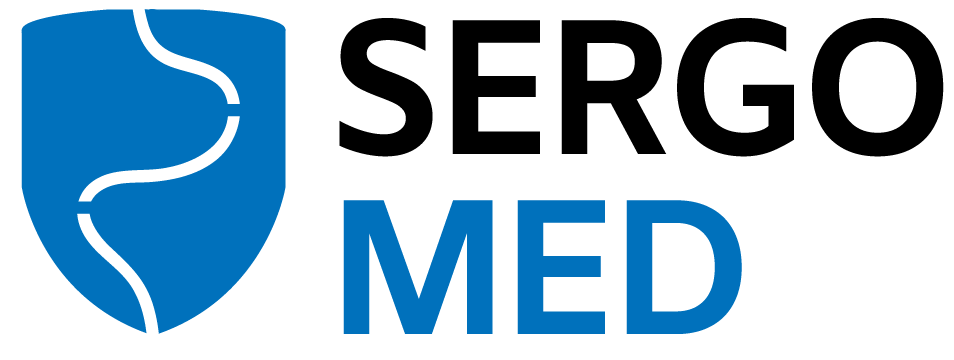The Need for Netter Ergonomics in Endoscopy
DUSHANT UPPAL, MD
University of Virginia
Department of Gastroenterology and Hepatology
"As a practicing gastroenterologist performing multiple procedures daily and throughout my career, I've encountered significant issues with the ergonomic control of the colonoscope handle. It has led to problems in my thumb [and] my wrist, creating significant strain such that at times I may not be able to complete a procedure adequately and it may lead to the need for medical attention. All practicing gastroenterologists, I feel, experience this at some point and we've all thought at some point that we needed a device that could assist us in maneuvering the controls as they exist currently."

"Over the two decades, while there have been remarkable advances in the optics of the colonoscope; virtually no improvements have been made in the scope design. While the hand sizes of endoscopists may vary from small to extra-large, a one-size fits all approach is used in endoscope selection, meaning there is no provision to customize the endoscope as per individual requirement. If we compare this to any sport, like for e.g. tennis, it would mean there was only one racquet size for everyone, which is unimaginable. The lack of ergonomic-friendly design of the colonoscope makes endoscopists performing high volume of cases particularly vulnerable to work-related musculoskeletal injuries like colonoscopist’s thumb and De-Quervain’s tenosynovitis. I am pleased to see that SergoMED has taken the initial step in solving this longstanding problem. I am hopeful that they will be able to deliver a product, which would improve the life of thousands of endoscopists all over the world."

"I have trouble reaching the dials with my smaller hands, and after a long day [of endoscopy] I had significant pain in both hands, with early arthritis on my right hand with the torque on the scope."

